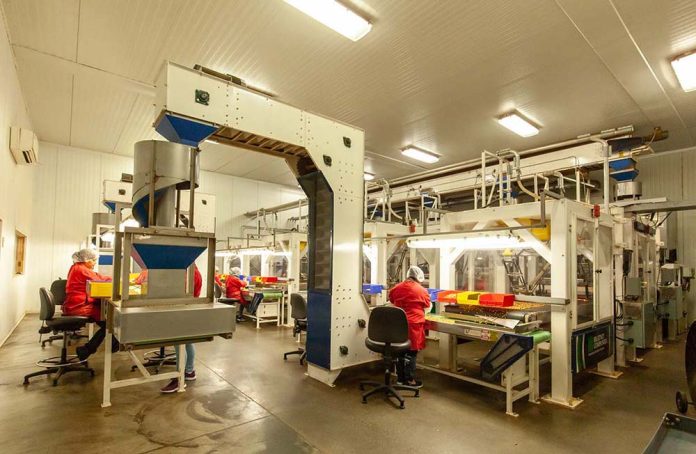
For those of you who follow our stories regularly, they are usually on some new regulation under development or on one that recently went into effect. This month, California will not disappoint as they have released yet another draft regulation. This time, the draft regulation comes from the Cal/OSHA Standards Board and is a regulation covering workplace violence. Entitled “Workplace Violence in All Industries,” the draft regulations set forth new regulatory requirements for all employers, including farms.
Now, I know what you are thinking. Workplace violence on farms? Is this really the pressing issue that warrants another entire regulation on the already beleaguered businesses in California?
This new regulation will require businesses to have a written plan, conduct training, keep records and conduct investigations on every single accident related to violence in the workplace. All of this are subject to Cal/OSHA inspections and fines.
When we think of “workplace violence,” what comes to mind? Being robbed at gunpoint? Coworkers fighting? Cal/OSHA is stating that “workplace violence” means any act of violence or threat of violence that occurs in a place of employment, including the following:
The threat or use of physical force against an employee that results in, or has a high likelihood of resulting in, injury, psychological trauma, or stress, regardless of whether the employee sustains an injury.
An incident involving the threat or use of a firearm or other dangerous weapon, including the use of common objects as weapons, regardless of whether the employee sustains an injury.
Four workplace violence types
“Type 1 violence” means workplace violence committed by a person who has no legitimate business at the worksite and includes violent acts by anyone who enters the workplace with the intent to commit a crime.
“Type 2 violence” means workplace violence directed at employees by customers, clients, patients, students, inmates or visitors.
“Type 3 violence” means workplace violence against an employee by a present or former employee, supervisor or manager.
“Type 4 violence” means workplace violence committed in the workplace by someone who does not work there but has or is known to have had a personal relationship with an employee.
Knowing this, each employer must then establish, implement and maintain an effective workplace violence prevention plan in writing and make this available to all employees at all times. This workplace violence prevention plan is extremely detailed and must include information on how to communicate the plan, how to respond to reports of workplace violence and how to involve the workers in the plan. It must also include the method on how workers get alerted of workplace violence and where and how they evacuate. Then the company must create and maintain a “Violent Incident Log” that chronicles and details every single incident.
Employers must also provide effective training and keep records of all this for a minimum of one year and must keep the “Violent Incident Log” for five years.
Here’s our advice to readers: If this regulation is passed, be prepared. Get a written plan, implement it and get your employees trained. If you don’t like this new requirement, then you need to let Cal/OSHA know that more regulations are not needed here. And tell the state legislature they need to keep criminals in jail where they belong because this entire effort is simply a solution looking for a problem. And the problem isn’t the workplace!

Roger A. Isom | President/CEO, Western Agricultural Processors Association
Roger is President/CEO of the California Cotton Ginners and Growers Association and Western Tree Nut Association. He brings over 30 years of regulatory and legislative advocacy experience, specializing in environmental and safety matters. Roger’s responsibilities include the management of both Associations’ staff and day-to-day operations. Roger is also the President of the Ag Energy Consumers Association (AECA), board member and Past President of the Ag One Foundation at California State University Fresno, and manages the Navel Orangeworm Action Committee (NOWAC).















